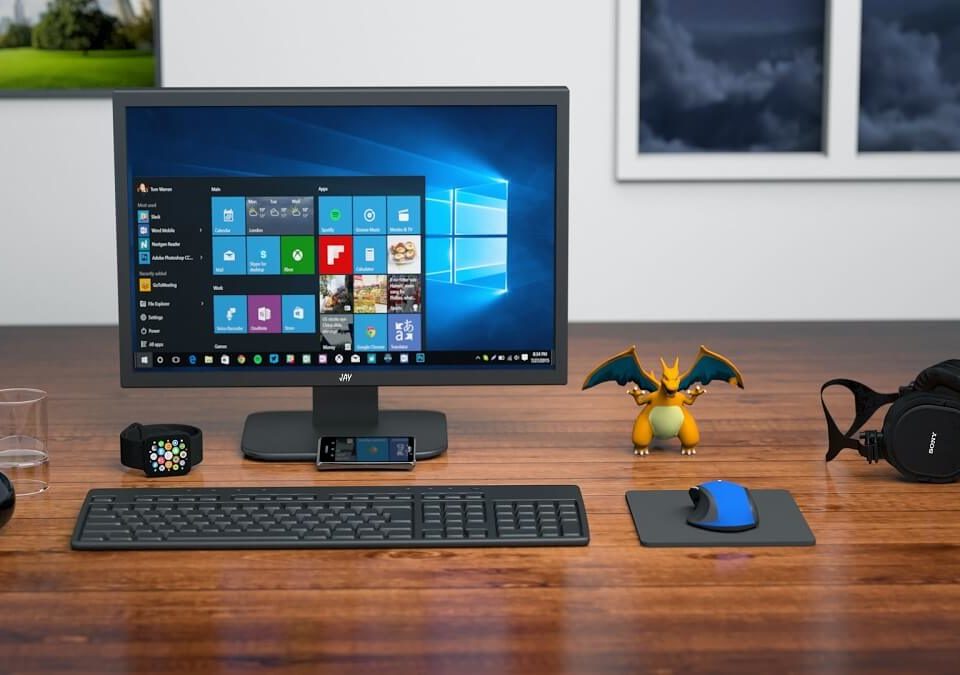
4 SEO Strategies you’ll need to promote your business
March 25, 2016
Understanding keyword attributes
April 15, 2016In the last article, I explained two SEO strategies you need to promote your business and in this article I’ll explain the two other SEO strategies. I hope you find it helpful.
- Optimize for Task Completion
One of the hidden things that Quality Score measures is task completion rates (i.e. conversion rates). Google definitely knows what your conversion rates are.
How the heck does Google know your conversion rates? Well, the machines have learned to tell whether traffic to your site converts.
Now in organic search, a conversion may not equate to completing a form. If you’re pushing a piece of content, Google can look at engagement metrics like time on site and bounce rate, because higher engagement correlates with higher interest/relevance.
Google has seven products that boast more than a billion users – Android, Chrome, Gmail, Maps, Play, Search, and YouTube. So Google can tell in a lot of different ways when signed-in users are successful or unsuccessful at their tasks.
Plus, Google Analytics tracks millions of sites. And Google gets tons of insanely valuable data from AdWords – task completion technology was rolled out to advertisers as smart goals, a way to track conversions on advertiser websites without having to install additional conversion code.
Basically, you need to strive to have higher than anticipated or expected engagement metrics, based on a variety of criteria, including query and device type, location, and time of day. Your task completion must also be better than other similar sites.
Let’s say you work for a tech company. Your visitors, on average, are bouncing away at 80% for the typical session, but users on a competing website are viewing more pages per session and have a bounce rate of just 50%. RankBrain views them as better than you – and they appear above you in the SERPs. In this case, the task completion rate is engagement.
Bottom line: If you have high task completion rates, Google will assume your content is relevant. If you have crappy task completion rates, RankBrain will penalize you.
- Increase Search Volume & CTR Using Social Ads and Display Remarketing
People who are familiar with your brand are 2x more likely to click on your ads and 2x more likely to convert. We know this because targeting a user who has already visited your website (or app) via RLSA (remarketing lists for search ads) always produces higher CTRs than generically targeting the same keywords to users who are unfamiliar with your brand.
So, one ingenious method to increase your organic CTRs and beat RankBrain is to bombard your specific target market with Facebook and Twitter ads. Facebook ads are proven to lift mobile search referral traffic volume to advertiser websites (by 6% on average, up to 12.8%) (here’s the research).
With more than a billion daily users, your audience is definitely using the Social Network. Facebook ads are inexpensive – even spending just $50 dollars on social ads can generate tremendous exposure and awareness of your brand.
Another relatively inexpensive way to dramatically build up brand recognition is to leverage the power of Display Ad remarketing on the Google Display Network. This will ensure the visitors you drive from social media ads remember who you are and what it is you do. In various tests, we found that implementing a display ad remarketing strategy has a dramatic impact on bounce rates and other engagement metrics.
Bottom line: If you want to increase organic CTRs for your brand or business, make sure people are familiar with your offering.
People who are more aware of your brand and become familiar with what you do will be predisposed to click on your result in SERP when it matters most, and will have much higher task completion rates after having clicked through to your site.



